Looking for creative small business packaging ideas? Whether you’re just starting out or have been in business for a while, check out these tips and ideas to help your products stand out on store shelves. From eco-friendly packaging to simple yet elegant designs, there’s something for everyone. So, get inspired and start creating beautiful packaging that will attract customers!
1. What is Product Packaging?
At its most basic, product packaging is the material that wraps and protects the product. This could include everything from candy bars to cell phone boxes. In many cases, product packaging also plays an important role in marketing, helping to attract attention and convey key messages within the product. For example, a package might have an eye-catching color or design element that makes it stand out on store shelves. It may also include key details such as size, price, or ingredients. By carefully considering all of these factors, businesses can create packaging that both protects the product and helps sell it.
1) Product Packaging Type
It is possible to package products in many different ways, each with its own advantages and disadvantages. Some packaging is designed to protect the product from damage, while others are designed to attract the customer’s attention. The type of packaging you choose will depend on the product itself, as well as your budget and packaging goals.
2) Corrugated Box
When it comes to product packaging, there are multiple options. A popular option is corrugated boxes. Corrugated boxes are made from layers of cardboard that are bonded together with an adhesive. The resulting material is light yet strong, making it ideal for shipping packages of all sizes. Additionally, corrugated boxes are relatively inexpensive and can be easily customized to meet a product’s specific needs.
As such, they are often used in the packaging of items such as food, electronics, and clothing. When choosing corrugated boxes for packaging, it is important to consider the size and weight of the product, as well as the level of protection required. For items that require extra padding or support, additional layers of cardboard can be added to the box. Corrugated boxes should be selected based on the type of product being packaged.
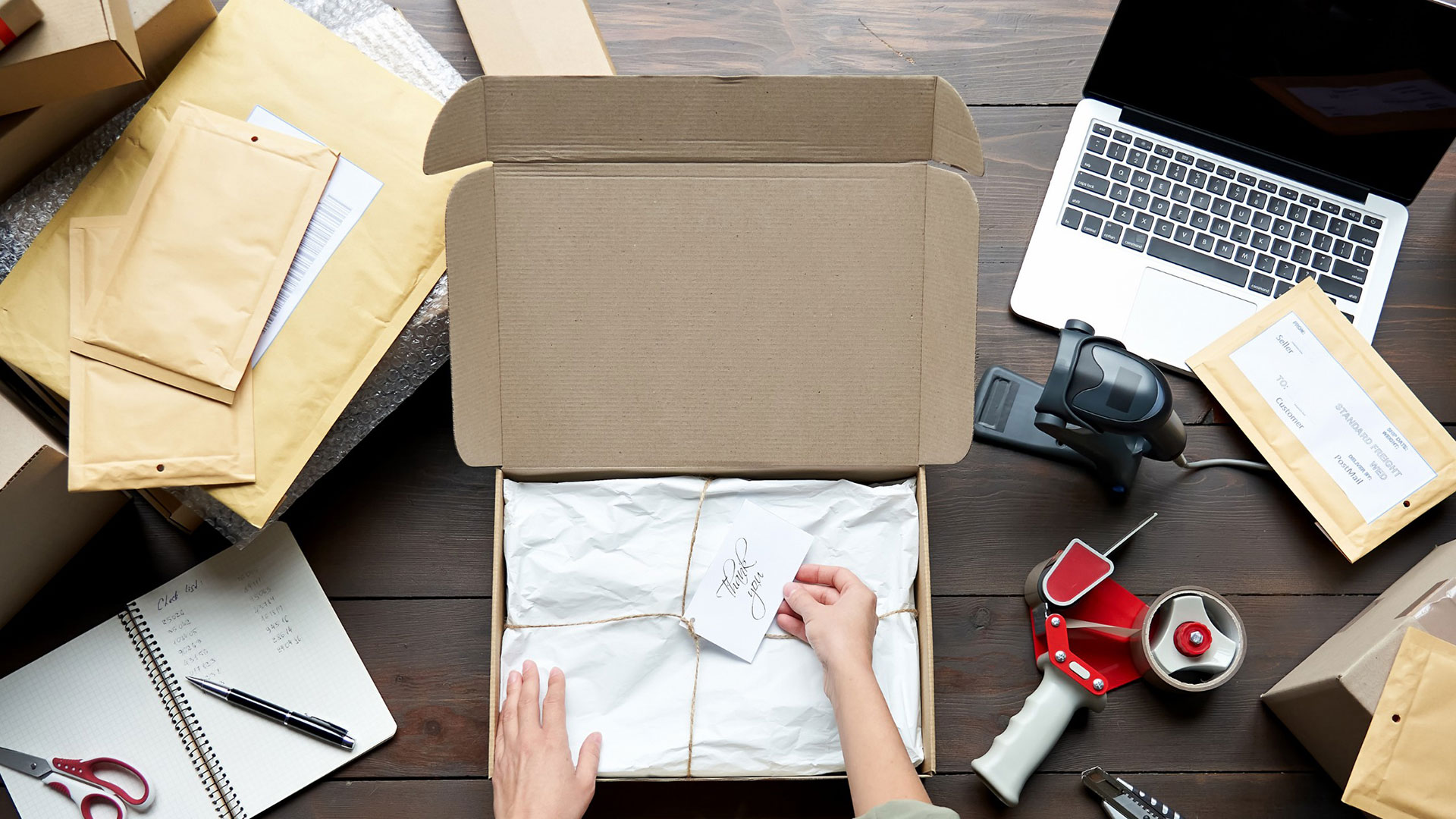
3) Padded Mailer
One of the most versatile and popular types of product packaging is padded mailers. You can improve your product by including contact information on your packaging. They are made from a variety of materials, including paper, bubble wrap, and foam, and can be customized to fit a wide variety of products. Padded parcels provide excellent protection of items during shipping and can be printed with company logos or other branding information. They’re also lightweight and easy to store, making them a great option for businesses that need to release frequently. Whether you’re sending a book or a pair of shoes, a padded mailbox is an effective way to keep your products safe in transit.
4) Bags and Envelopes
Bags and envelopes are two of the most popular retail products. Bags come in a variety of shapes and sizes and can be made from a variety of materials such as paper, plastic, or cloth. Envelopes, on the other hand, are usually made of paper and are used to hold smaller items like cards or invitations. Both bags and envelopes can be printed with company logos or other designs, making them an ideal way to promote your brand.
Bags are ideal for packaging relatively small and lightweight products such as clothing, jewelry, or cosmetics. Envelopes, on the other hand, are better for packagings flat and lightweight products like greeting cards or documents.
5) Customized Product Packaging
This packaging is specially designed for a certain product and it can be made from a variety of materials. For example, food may be wrapped in aluminum foil or plastic, while electronics may be wrapped in antistatic material. Custom product packaging can be an effective way to promote your brand as it can be specially designed to showcase a company’s products and increase a personal touch. This type of packaging can also be used to protect fragile items such as medical equipment, electronics, or jewelry.
2. The Importance of Product Packaging for Small Businesses
Product packaging is a critical marketing tool for small businesses. It’s the first thing customers see when they encounter a new product, and it can play an important role in their decision to buy that product. Good packaging can make a small business’s product look more professional and trustworthy, while poor packaging can give the impression of poor product quality. In addition to influencing customer perception, packaging also affects the cost of shipping and handling, as well as the time and effort required to unpack and store the product. For these reasons, it is important for small businesses to think carefully about the packaging of their products. With a little planning, they can create packaging that protects their products and sets them apart from the competition.
1) Protection Product
Good packaging can help protect products from damage during shipping and handling, and provide a barrier against environmental factors such as dust, moisture, and extreme temperatures.
2) Display and Promotion
Proper packaging can determine whether customers notice your product or ignore it. Eye-catching packaging will help promote your product and boost sales by creating an impression of quality and value. In addition, packaging can also be used as a marketing and advertising tool. By including brand elements like logos and slogans, you can effectively communicate your brand identity to potential customers.
Finally, packaging can also serve as a source of customer feedback. By including contact information on your packaging, you can encourage customers to provide valuable input that can help improve your product. In short, product packaging is an essential part of a successful small business. Displaying and promoting your products in an attractive and effective way can help increase sales, build brand awareness, and encourage customer feedback.
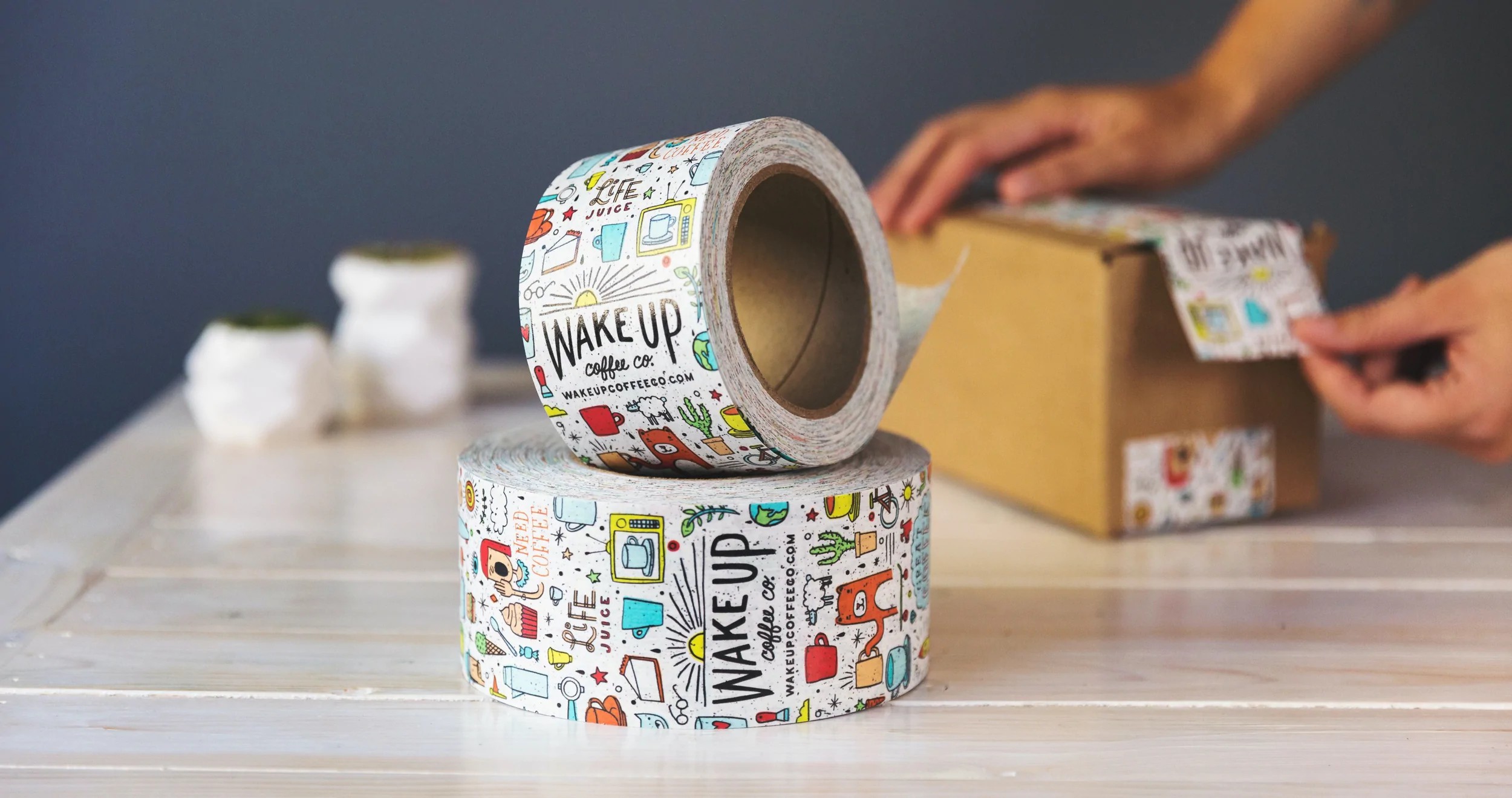
3) Attract Buyers
Good packaging helps attract attention, convey important information, and create an emotional connection with customers. Perhaps most importantly, packaging can influence a customer’s decision to buy a product. For small businesses, well-designed packaging can be a powerful marketing tool.
4) Differentiate from Competitors
In today’s competitive marketplace, product packaging can be the key to differentiating your small business from the competition. Custom product packaging can help convey your brand’s unique story, and it can also be used to highlight the features and benefits of your product. While there are many factors to consider when designing packaging, it is important to invest time and resources in creating a unique look that will make your product stand out. With careful planning, your packaging can be an important tool in building brand awareness and boosting sales.
3. 8 Small Businesses Packaging Ideas
Packaging presents a unique challenge for small businesses. In packaging design, color gradients are a popular trend. On the one hand, they needed to create an eye-catching package that would stand out on store shelves. On the other hand, they need to do this without breaking the bank. Fortunately, there are many creative packaging methods that can help small businesses achieve these goals.
1) Feature
Simple and functional packaging is always in trend. This type of packaging focuses on the functionality of the product and its ability to meet customer needs. Its design is generally clean and minimalistic, which can help small businesses save on printing and production costs.
2) Minimalist Design
In recent years, more and more businesses have adopted minimalist design principles for their packaging. The idea behind minimalist packaging is to strip out unnecessary elements and focus on the essentials. By using simple designs, businesses can reduce production costs and make their products easier to use. Additionally, minimalist packaging can help convey a sophisticated and modern feel.
3) Color Gradient
In packaging design, color gradients are a popular trend. By using gradient colors, brands can create a striking look that is both unique and visually appealing. Gradients can be used to highlight specific elements on a bag or to create a cohesive design theme. When used properly, color gradients can help brands stand out on the shelf and grab consumers’ attention.
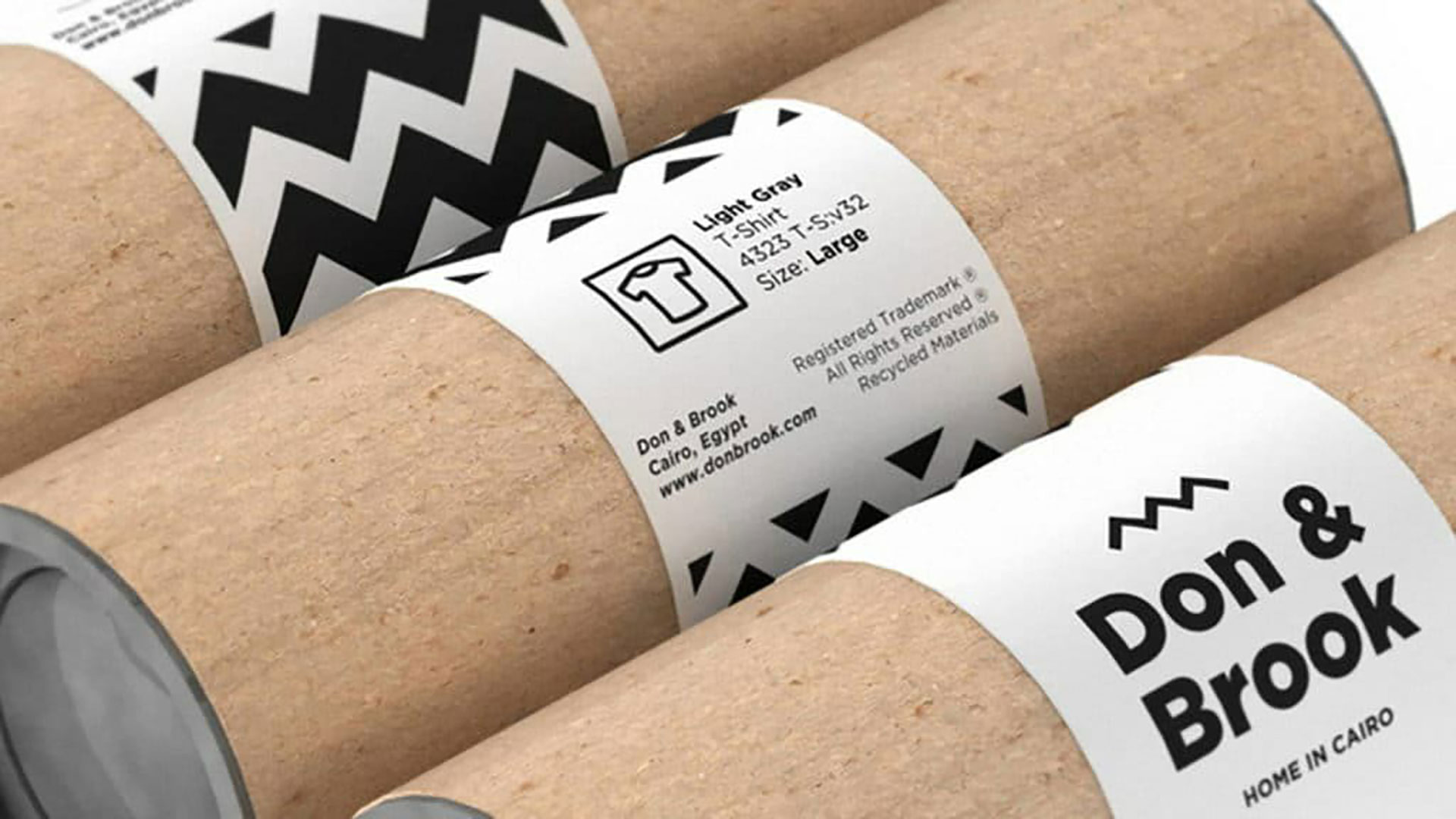
4) Geometric Pattern
Geometric patterns are used in a variety of ways on the packaging. They can be integrated into the overall design or used as accent symbols. Either way, they help add depth and dimension to the design. In addition to creating a sense of movement, patterns can also be used to convey energy. When used properly, geometric patterns can really spice up a design and make it more eye-catching.
5) Unconventional
You’ve probably seen it before – a product in an unconventional container that makes you look and look. Why would a company choose to package its product in a non-obvious way? There are actually many reasons. In the first place, it’s a great way to get noticed. In a world where we’re bombarded with ads, anything that stands out has the potential to grab our attention. If the packaging is memorable, it can help the product stand out in our minds. Also, unconventional packaging can create a sense of intrigue and mystery, making us more likely to want to try the product. In the end, it can simply be a fun and creative way to showcase your brand’s personality.
6) Bright and Organic
This small business packaging idea is perfect if you want to add a little personality to your product. Bright packaging uses bold colors and patterns to catch the eye, while organic packaging relies on softer tones and natural materials. Both styles can be effective in drawing attention to a product, but it’s important to choose the right aesthetic for the right product. For example, brightly colored packaging may be better suited for children’s toys than high-end jewelry. Ultimately, our goal is to create packaging that reflects the inside of the product and resonates with the target audience.
7) Capricious
In an age where consumers are bombarded with marketing messages, it’s hard to make your products stand out on store shelves. One way to catch the eye is with whimsical packaging. Using packaging and products in a creative and fun way can help your product stand out and be remembered.
Of course, whimsical packaging can also be difficult to do well. If the design is too busy or cluttered, it may drive customers away. If the packaging doesn’t match the product inside, you risk losing your audience’s trust. But when done right, whimsical packaging can be a powerful marketing tool. So, if you want your product to stand out, don’t be afraid to think outside the box.
8) Smart and Funny
This is another way to stand out from the competition. You can attract shoppers with humor, unusual graphics, or unexpected color schemes. Just make sure your packaging design is still easy to read and understand. You don’t want potential customers to be confused about your product package, they don’t know what it is or how to use it.
4. Create a custom packaging experience
Creating a customized packaging experience can help your business stand out from the competition. By designing your packaging carefully, you can ensure that they are both striking and functional. First, decide what kind of message you want to convey through your packaging. Are you trying to convey a luxurious feel, or are you more focused on practicality? Start by deciding what message you want to send
1) Package
Consider the function and form of the packaging. It’s both protecting your product and conveying the right brand message. Once you’ve chosen the perfect packaging, you can start adding your own personal touch. Whether it’s a handwritten note or a special design element, these little details will make your packaging feel unique. When your customers open their packaging, they’re sure to remember your brand for the right reasons.
2) Tissue Paper and Filler
No two products are the same, and no two packaging experiences are the same. This is where tissues and fillers come into play – by using these simple materials, you can create a custom packaging experience for your specific product. Paper towels come in a variety of colors and patterns, so you can choose the one that best suits your product. By using different colored tissues and fillers, you can create endless possibilities for unique packaging designs. Whether you want to stand out from the competition or just want to give your customers an unforgettable unboxing experience, tissues and fillers are the perfect solutions.
3) Advertising Material
Include promotional materials in the packaging. It’s a great way to increase brand awareness and get your name out there. You can include flyers, business cards, magnets, and even stickers. If you’re not sure what to include, think about what’s most useful or interesting to your customers.
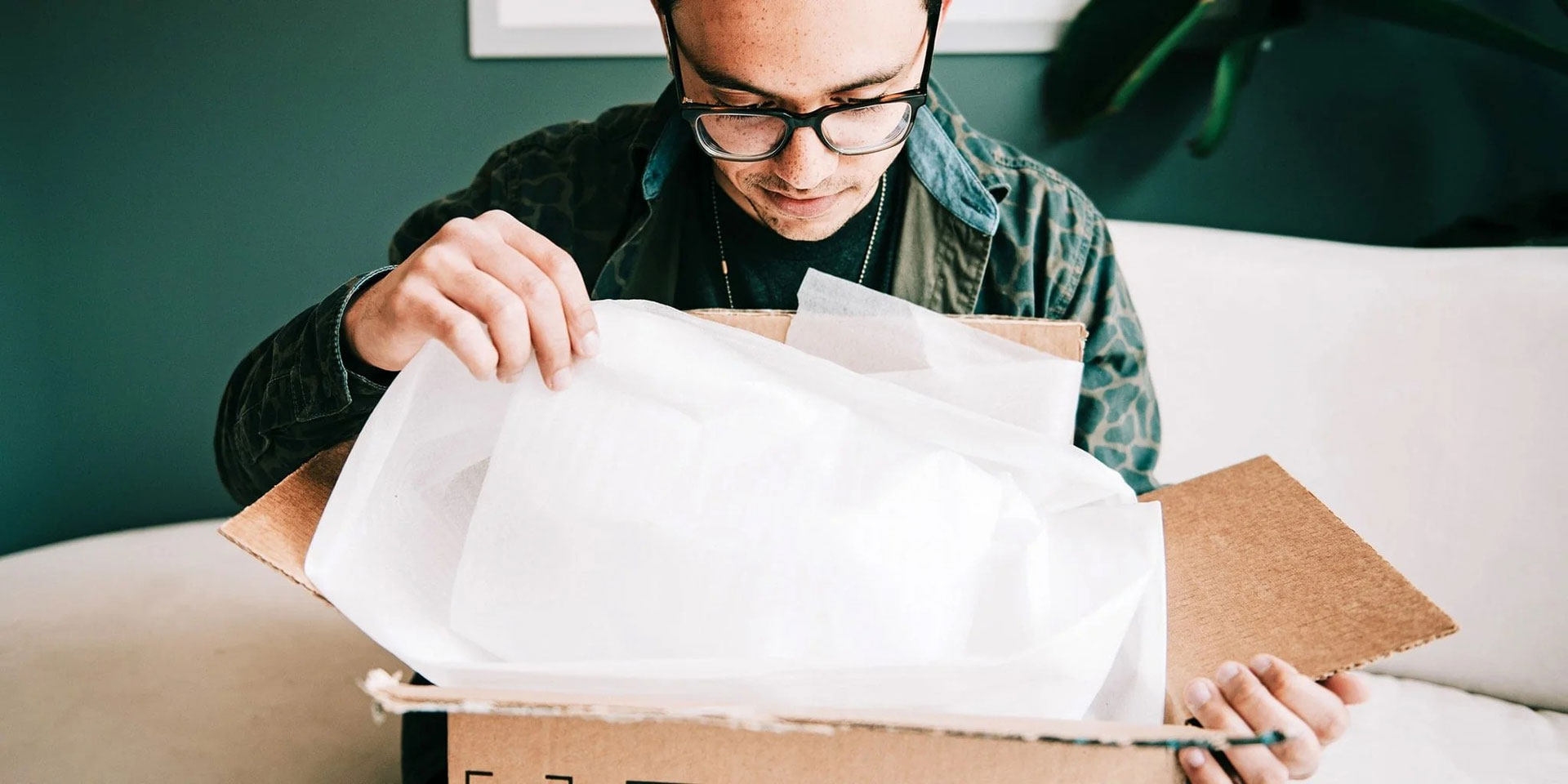
4) Packing List
The packing slip or receipt includes details of the order, such as what items are included, the price, and to whom it is shipped. It’s not something customers expect to see right away when they open the box of the item they’re buying. You can put it in an envelope or wrap it outside the box so they won’t see it at first sight. But it will give them all the details they need in case they have any issues with their purchase.
5) Custom Report
Adding a custom note, saying thank you for supporting your small business, or even a handwritten thank you can go a long way. This makes customers feel appreciated and cared for, which is a great way for them to be remembered.
6) Useful Material
You can include a guide or how-to manual with your product. This is helpful if you sell a product that needs to be assembled or has multiple uses. You can also put your contact details on the business card so that customers can easily contact you if they have any questions.
7) Sample Or Gift
One way to create a custom packaging experience is to include a sample or gift with your purchase. This extra touch shows your customers that you care about their experience and want them to have the best experience with your product. When they open your package, they will also have something to look forward to. The packaging of a product is one of the most important aspects of any small business. Other ways to customize the packaging experience include the use of unique materials, thoughtful design, and personalization. Make sure your packaging reflects your brand and leaves a lasting impression.
5. Wondering how to understand your commercial packaging ideas?
The packaging of a product is one of the most important aspects of any small business. It grabs the customer’s eye and entices them to buy the product. Your packaging can create a memorable experience for your customers with the right design. We hope these creative small business packaging ideas will inspire you to come up with your own custom designs for your small business products. How has your product packaging changed? Let us know in the comments!


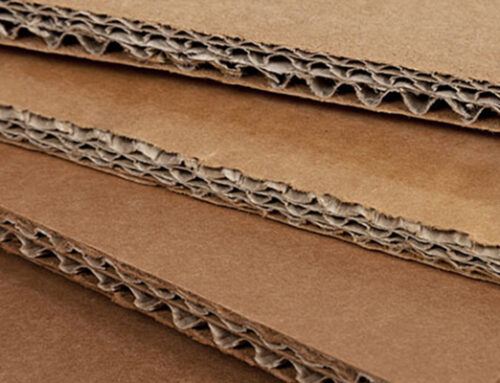
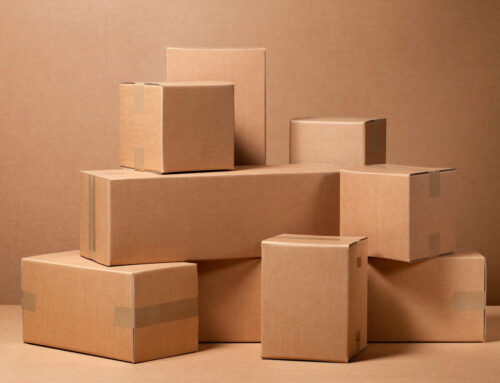
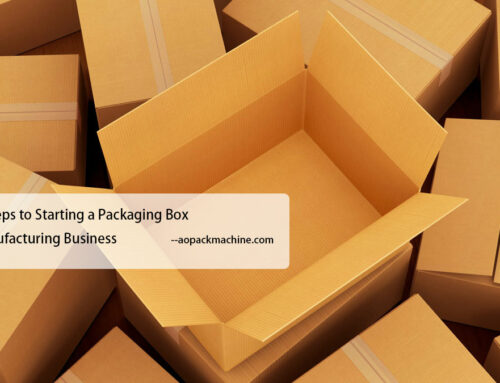
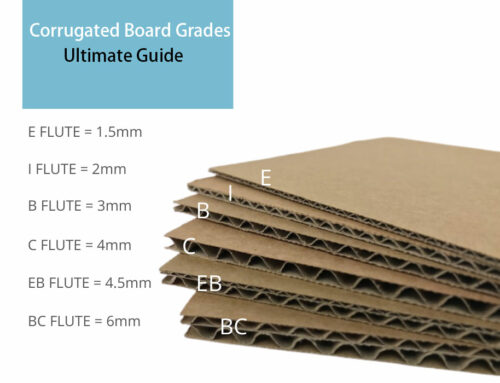
Leave A Comment